Percutaneous Fixation of Displaced Femoral Neck Fracture in a High-Risk Patient
Score and Comment on this Case
Clinical Details
Clinical and radiological findings: A 62-year-old male presented following a fall from standing height, resulting in a displaced subcapital femoral neck fracture. The patient has a complex medical history including substance abuse (methamphetamine and cocaine), cirrhosis, diabetes, and open draining foot wounds. Radiographs confirmed a displaced femoral neck fracture, classified as AO/OTA 31-B2.
Preoperative Plan
Planning remarks: The preoperative plan involved percutaneous fixation of the femoral neck fracture. The approach was chosen to minimize surgical exposure and reduce the risk of infection given the patient's open foot wounds and compromised health status.
Surgical Discussion
Patient positioning: The patient was positioned supine on a fracture table to facilitate closed reduction and percutaneous fixation under fluoroscopic guidance.
Anatomical surgical approach: A percutaneous approach was utilized, involving small stab incisions for the insertion of guide wires and cannulated screws. Fluoroscopic imaging was employed to ensure proper alignment and fixation.
Operative remarks:The surgeon emphasized the importance of achieving an anatomical reduction and avoiding varus malalignment during fixation. The decision to pursue percutaneous fixation was influenced by the patient's high risk for complications with arthroplasty due to his comorbidities and lifestyle factors. The potential for conversion to hemiarthroplasty was considered if fixation failed.
Postoperative protocol: Postoperative rehabilitation included non-weight bearing on the affected limb for 6 weeks, followed by gradual progression to weight bearing as tolerated, contingent upon radiographic evidence of healing.
Follow up: Not specified
Orthopaedic implants used: Cannulated screws
Search for Related Literature
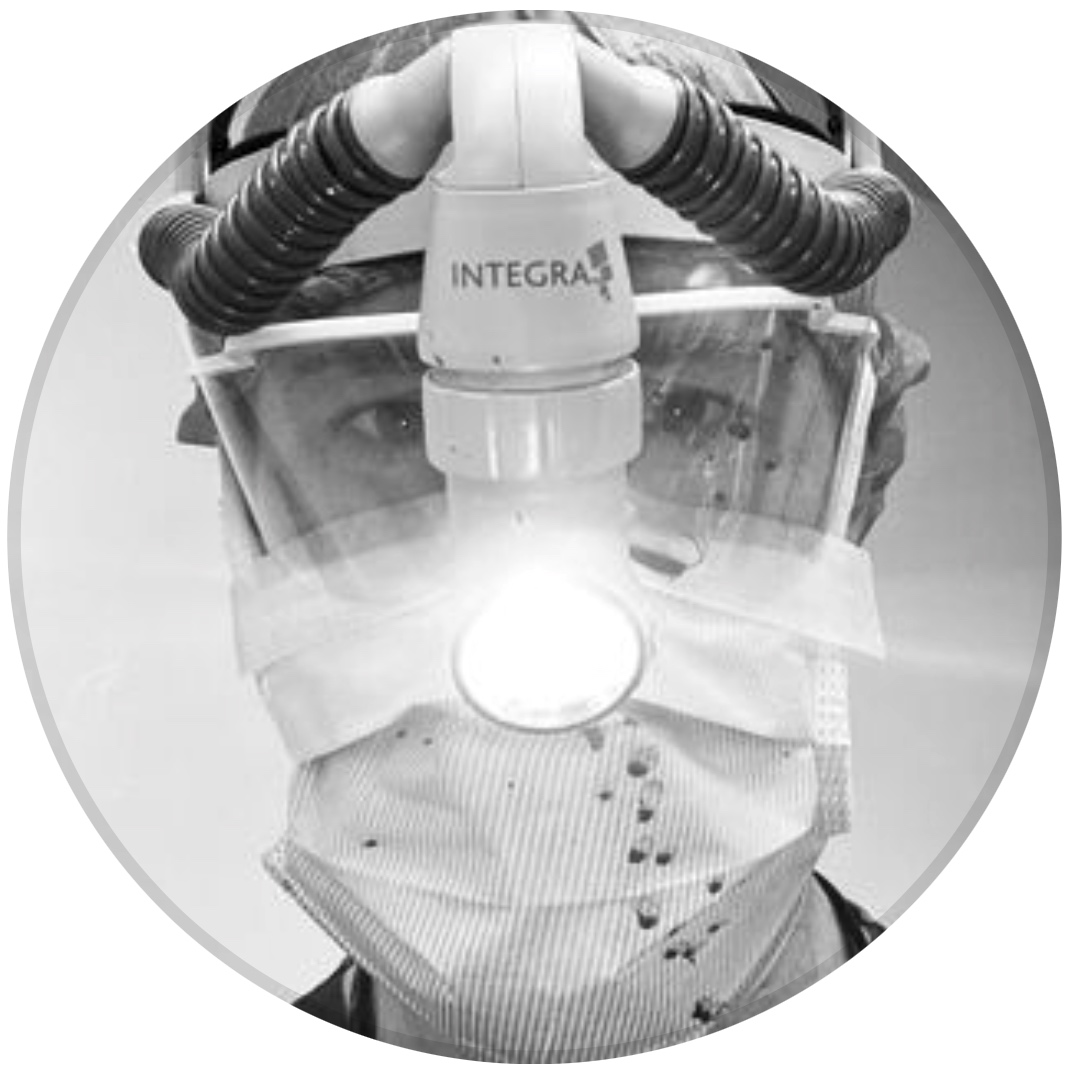
orthopaedic_trauma
- United States , Seattle
- Area of Specialty - General Trauma
- Position - Specialist Consultant

Industry Sponsership
contact us for advertising opportunities
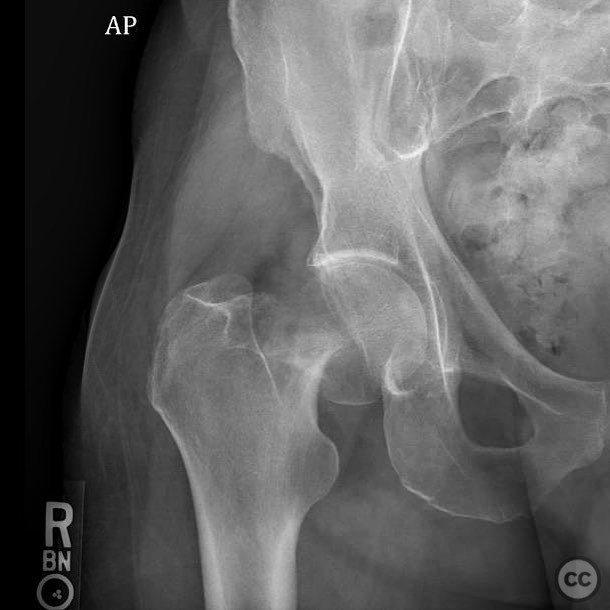
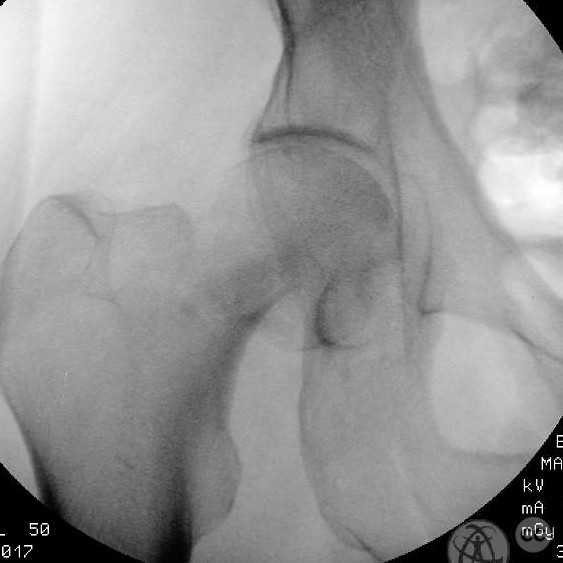
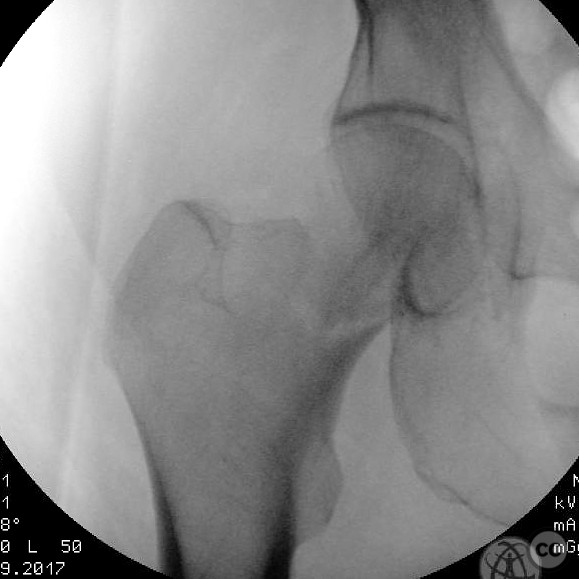
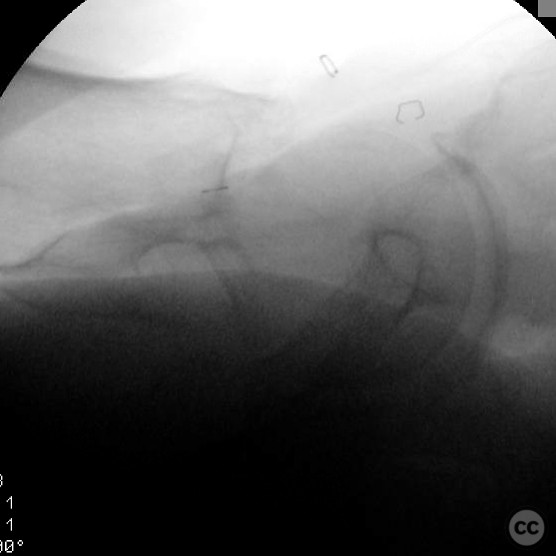
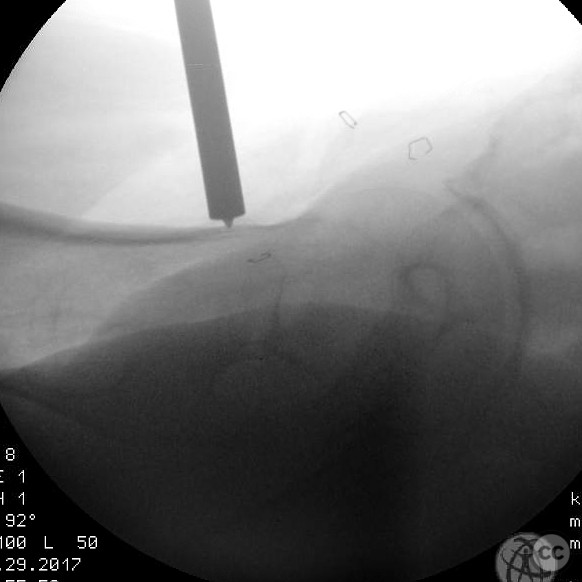
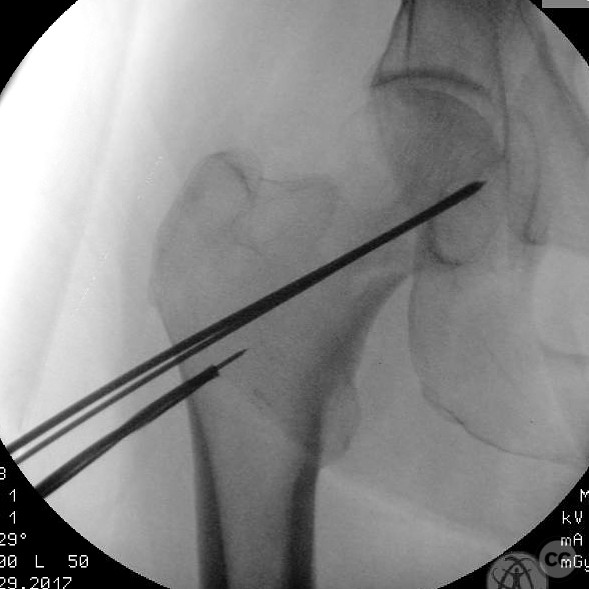
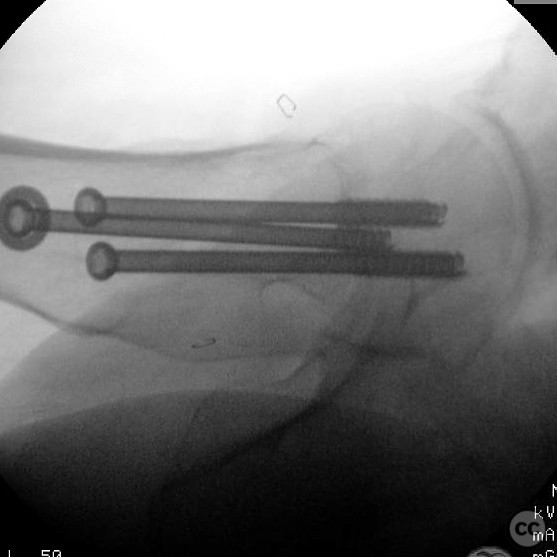
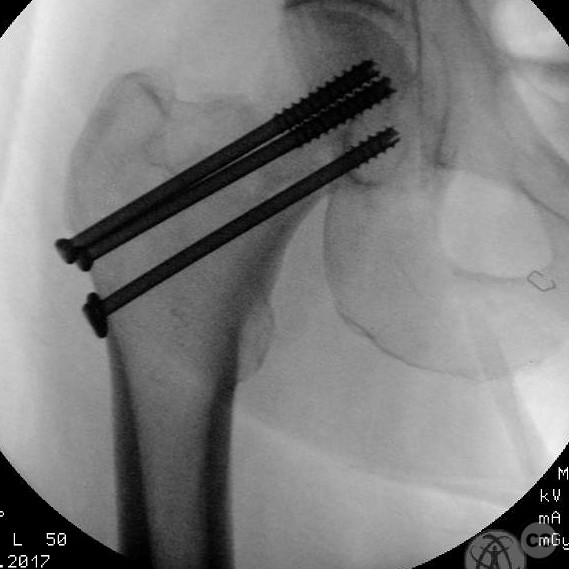
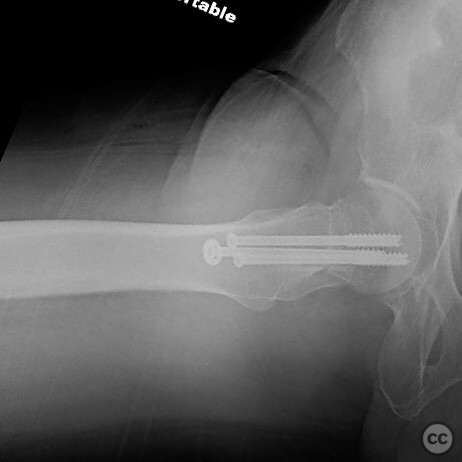
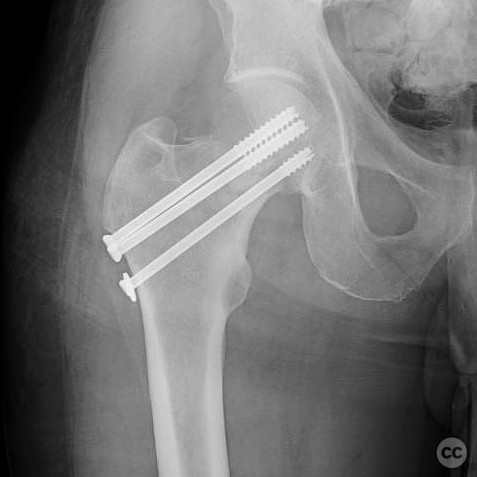
Article viewed 106 times
26 Jul 2025
Add to Bookmarks
Full Citation
Cite this article:
Surname, Initial. (2025). Percutaneous Fixation of Displaced Femoral Neck Fracture in a High-Risk Patient. Journal of Orthopaedic Surgery and Traumatology. Case Report 46224184 Published Online Jul 26 2025.